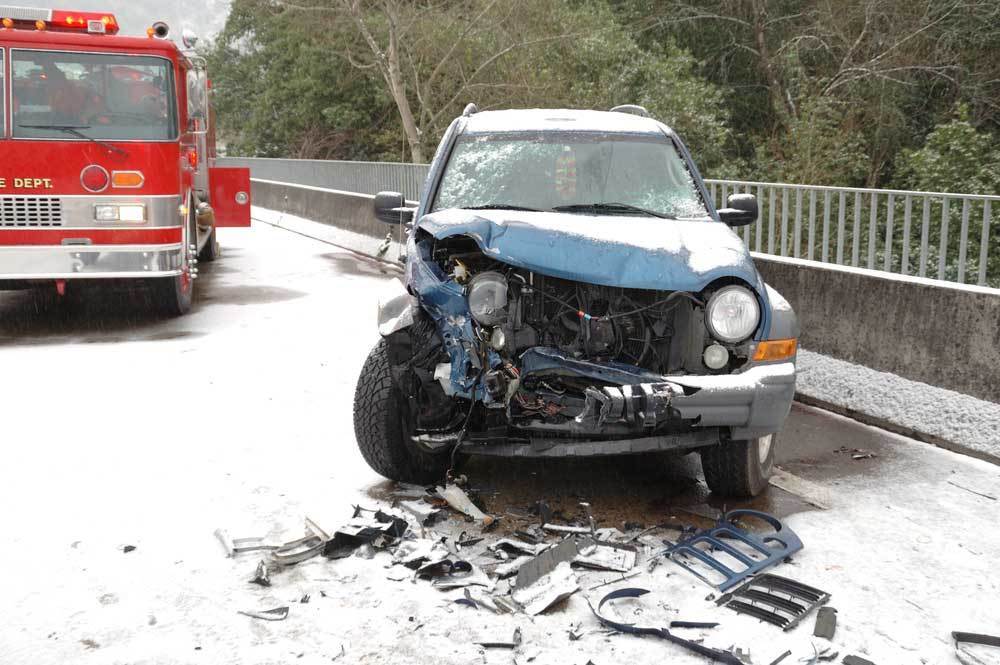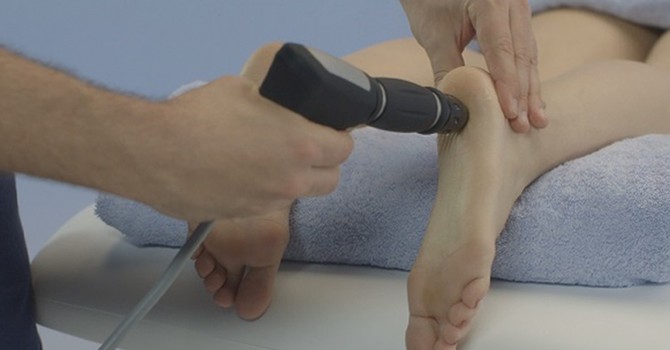
Winter in Minnesota can be beautiful, but it comes with a very real downside. Snow, ice, limited visibility, and sudden temperature shifts make the colder months one of the most common times to experience a car accident. Even minor collisions can lead to injuries that linger far longer than expected. As a chiropractor who regularly treats patients after winter accidents, my goal is to help you understand what happens to the body during a crash, what steps to take immediately afterward, and how the right treatment approach can help you recover fully.
Whether you are a daily commuter, a parent driving kids around town, or someone logging miles to and from the gym, winter driving puts everyone at higher risk. Being prepared and knowing what to do can make all the difference.
Why Car Accidents Are More Common in Winter
Minnesota winters create the perfect storm for accidents. Icy roads reduce traction, meaning your tires have far less control than you realize. Snowstorms limit visibility, and even light snow can turn roadways into slick, unpredictable surfaces. Black ice is another major culprit because it is nearly invisible until you are already sliding.
Because of these conditions, rear-end collisions, spin-outs, and slide-offs happen far more frequently this time of year. Even at low speeds, your body absorbs a tremendous amount of force. Many patients assume that slow-moving accidents are harmless, but the reality is that tissue damage, joint irritation, and muscle tension can develop within hours or days of the crash.
Common Injuries After a Winter Car Accident
Every car accident is different, but there are patterns that show up again and again. Some injuries present immediately, while others take days or weeks to show up due to inflammation, adrenaline, and the body’s natural shock response.
Here are some of the most common issues I see in the clinic:
Whiplash and Neck Pain
When your car stops suddenly, your head keeps moving. This rapid back and forth motion stretches ligaments, muscles, and joints in the neck. Even a “minor” rear-end collision can result in stiffness, headaches, decreased range of motion, and difficulty turning your head.
Lower Back Pain
Your lower back absorbs a large amount of force in a crash. This can irritate discs, strain muscles, and overload the joints of your spine. Patients often report aching, spasms, or sharp pain that worsens with sitting or lifting.
Shoulder and Mid-Back Pain
Seatbelts save lives, but they also create a unique pattern of strain across the shoulder and rib cage. The torso can twist during impact, leading to joint irritation, muscle strain, or rib dysfunction.
Concussion Symptoms
Even if you never hit your head, a sudden change in acceleration can cause your brain to move within your skull. This may lead to headaches, dizziness, foggy thinking, light sensitivity, or difficulty focusing.
Soft Tissue Injuries
Strains and sprains to muscles, tendons, and ligaments are prevalent. These injuries often feel like soreness or stiffness at first, but can linger without proper treatment.
What to Do Immediately After a Car Accident
Once the initial shock settles, your priority is your health and making sure you get the care you need. Even if the accident seemed minor, your body absorbs more force than you realize. Here is what to focus on right away.
1. Assess How You Feel Physically
Take a moment to check in with your body. Notice any stiffness, dizziness, headache, tightness, or unusual sensations. Adrenaline can mask symptoms, so try to be as honest with yourself as possible.
Even if you feel “okay”, keep an eye on how your body responds over the next several hours. Delayed symptoms are extremely common. If EMTs are at the scene, make sure they check you out or go to your local hospital for further evaluation.
2. Contact Your Insurance Provider
Minnesota is a no-fault state, which means your personal injury protection benefits typically cover medical treatment after a car accident. That includes chiropractic care and rehabilitation. It is helpful to open a claim early so your care can be documented and covered from the start.
You do not need to have severe symptoms to notify your insurance. In fact, it is better to contact them right away because pain can develop hours or days later.
3. Monitor Symptoms Over the First 24 to 72 Hours
Many patients feel tight, sore, or fatigued the day after a collision.
Pay attention to:
- Neck stiffness
- Headaches
- Lower back pain
- Radiating sensations
- Dizziness or fogginess
- Difficulty turning your head or bending
If any of these appear, it is a sign that tissues were stressed during the accident, and you should be evaluated.
4. Schedule a Chiropractic Evaluation Sooner Rather Than Later
Early evaluation helps catch injuries before they become bigger issues. Even low-speed collisions can irritate joints, overload muscles, and trigger inflammation. Getting checked within the first few days helps ensure you heal correctly, reduces compensation patterns, and speeds up your recovery.
When to See a Chiropractor After a Car Accident
You should seek chiropractic evaluation as soon as possible after a winter accident, ideally within the first few days. Many injuries do not show up immediately because your body is still dealing with trauma, inflammation, and stress hormones. Patients often tell me they “felt fine the day of the accident”, only to wake up the next day with stiffness, pain, or limited mobility.
Here are signs you should be evaluated:
- Neck or back pain
- Headaches
- Dizziness or trouble focusing
- Muscle tightness or spasms
- Pain when turning, bending, or lifting
- Shoulder or rib discomfort
- Tingling or numbness in the arms or legs
Even if you have no symptoms, getting checked can prevent delayed issues. Early care helps you heal correctly, reduces inflammation, and promotes healthy movement patterns before compensation and dysfunction set in.
Insurance Coverage for Car Accident Injuries
Most people are surprised to learn that the majority of car accident-related injuries are covered by insurance. In Minnesota, personal injury protection benefits typically include coverage for medical care such as chiropractic, rehab, diagnostics, and other necessary treatments. This means you can receive high-quality care without worrying about large out-of-pocket expenses.
Your insurance is there to help you get the treatment you need so you can recover fully and return to normal life.
How We Treat Car Accident Injuries at Skare Spine and Performance
Our approach is different from the “quick crack and out the door” model. Car accident injuries create a combination of soft tissue damage, joint irritation, inflammation, and movement dysfunction. You need a plan that treats the root cause and helps your body move, stabilize, and heal.
Here is what your care typically includes:
A Complete Assessment
We start with a detailed history and exam that looks at your joints, muscles, movement patterns, and neurological function. This helps us identify what was injured and how it is affecting your daily life.
Chiropractic Adjustments
Gentle, targeted adjustments help restore normal joint motion, reduce pain, and improve mobility. We use evidence-based techniques tailored to your comfort and your injury.
Soft Tissue Therapy
This may include myofascial release, dry needling, or trigger point therapy to reduce muscle tension and improve blood flow.
Dynamic Neuromuscular Stabilization
DNS helps retrain your core, breathing, and movement patterns so your spine and nervous system can function optimally.
Rehabilitation Exercises
We build a custom program focused on stabilizing your spine, rebuilding strength, and restoring mobility. This is where the long-term improvements happen.
Shockwave Therapy
For stubborn soft tissue injuries or persistent inflammation, shockwave therapy can stimulate healing and significantly reduce pain.
A Personalized Recovery Plan
You will get a clear roadmap tailored to your injury, goals, and the demands of your daily life and activities.
Final Thoughts
Winter car accidents are far more common than most people realize, and even low-speed collisions can lead to injuries that disrupt your life. The good news is that early evaluation and a comprehensive treatment approach can help you recover efficiently, prevent long-term issues, and get you back to moving well.
If you have recently been in a winter accident or are dealing with lingering pain from one, we are here to help. At Skare Spine and Performance in Rochester, MN, we focus on a blend of chiropractic care, soft tissue therapy, stability training, and evidence-based rehab to help you heal thoroughly and confidently.

Nate Skare
Contact Me



